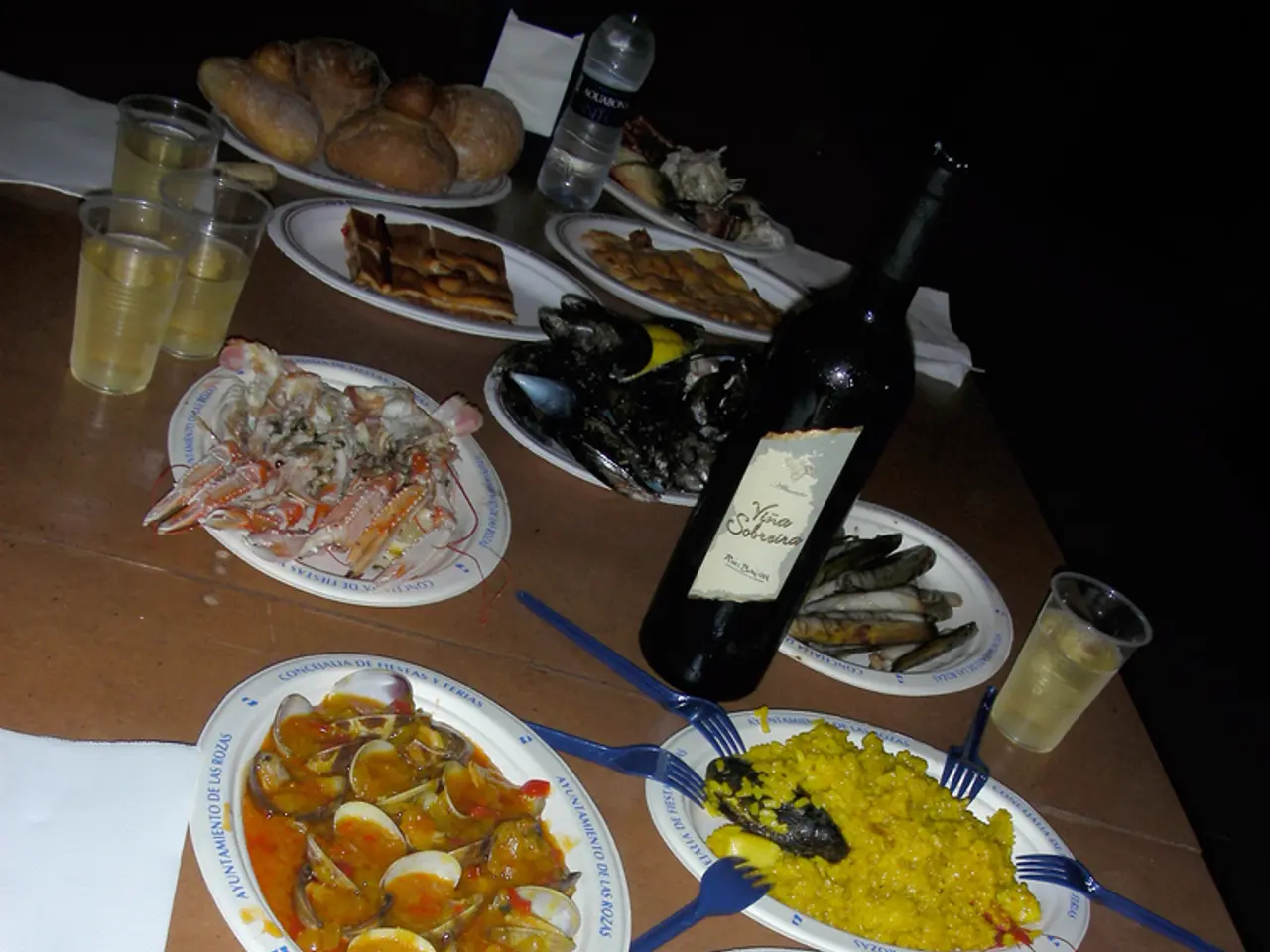Neanderthals' Dietary Habits: Contrary to common belief, their diet, known as the "Paleodiet," was not as high in meat as one might think.
===============================================================================
Neanderthals, our close ancestors, were not just brute force creatures as often portrayed in popular culture. Recent archaeological findings suggest that their diets were far more varied and complex than previously thought.
The diet of Neanderthals was remarkably similar to that of palaeolithic Homo sapiens, encompassing a wide range of food sources. They consumed animal meat, seafood, vegetation, fungi, and foraged goods, depending on the environmental conditions and geographical locations they inhabited.
In Europe, Neanderthal fossils found in caves display distinctive cut marks, leading some to speculate about cannibalism. However, opinions on this matter are divided. Some argue that such practices may have been acts of desperation due to extreme environmental pressure, while others believe they could be signs of highly complex, ritualistic behavior.
Interestingly, the Neanderthal population from the El Sidrón cave in Spain had almost no meat in their diet, instead living off a plant-based diet of mushrooms, nuts, moss, and other forest gatherings. This finding challenges the stereotype of Neanderthals as meat-eating behemoths. In fact, some Neanderthal populations ate a completely plant-based diet.
The dietary differences between Neanderthal populations likely reflect the different environments they inhabited. For instance, those who lived by the coast in Portugal harvested seafood from the seashore and rock pools, with brown crabs being a favourite. Archaeological remains show that they also hunted mammoths, aurochs, deer, wild horses, cave lions, bears, and Palaeoloxodon, a 13-tonne species of straight-tusked elephant. Researchers found smashed bones of sharks, dolphins, seals, and eels at the Portuguese site, suggesting a diverse seafood diet.
Neanderthals did not all eat the same way. A 2017 study found that the diet of Neanderthals in Belgium was "heavily meat-based," primarily consisting of woolly rhinoceros and wild sheep. On the other hand, the Neanderthal population from the El Sidrón cave in Spain resembled the most the plant-eating dietary habits among Neanderthals found there in 2024.
The so-called paleo diet, popularized as a return to the eating habits of hunter-gatherer ancestors, has been questioned by scientists due to its potential lack of nutritional superiority and sustainability. As we delve deeper into understanding our ancestors' diets, it becomes clear that a one-size-fits-all approach may not be the best solution for modern nutrition.
This article was first published in September 2024, providing a snapshot of our current understanding of Neanderthal diets. As research continues, we can expect more insights into the eating habits of our ancestors and how they might inform our own dietary choices today.
Read also:
- Nightly sweat episodes linked to GERD: Crucial insights explained
- Antitussives: List of Examples, Functions, Adverse Reactions, and Additional Details
- Asthma Diagnosis: Exploring FeNO Tests and Related Treatments
- Unfortunate Financial Disarray for a Family from California After an Expensive Emergency Room Visit with Their Burned Infant








